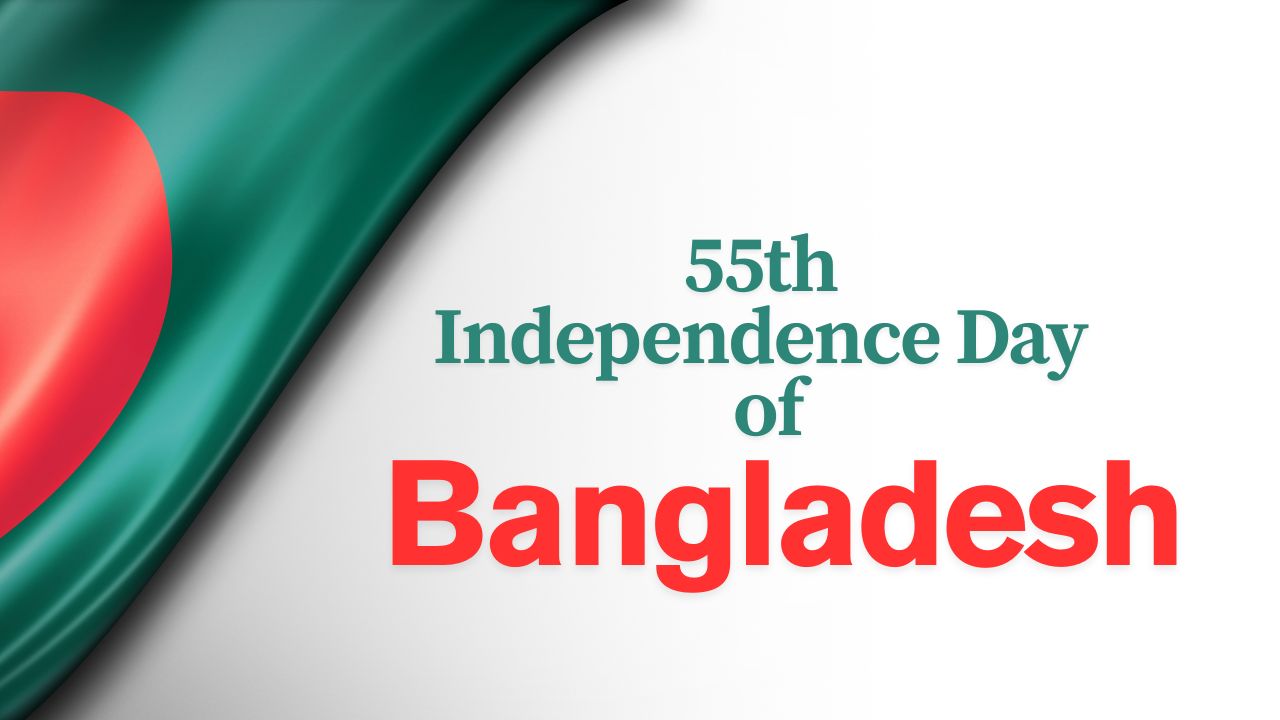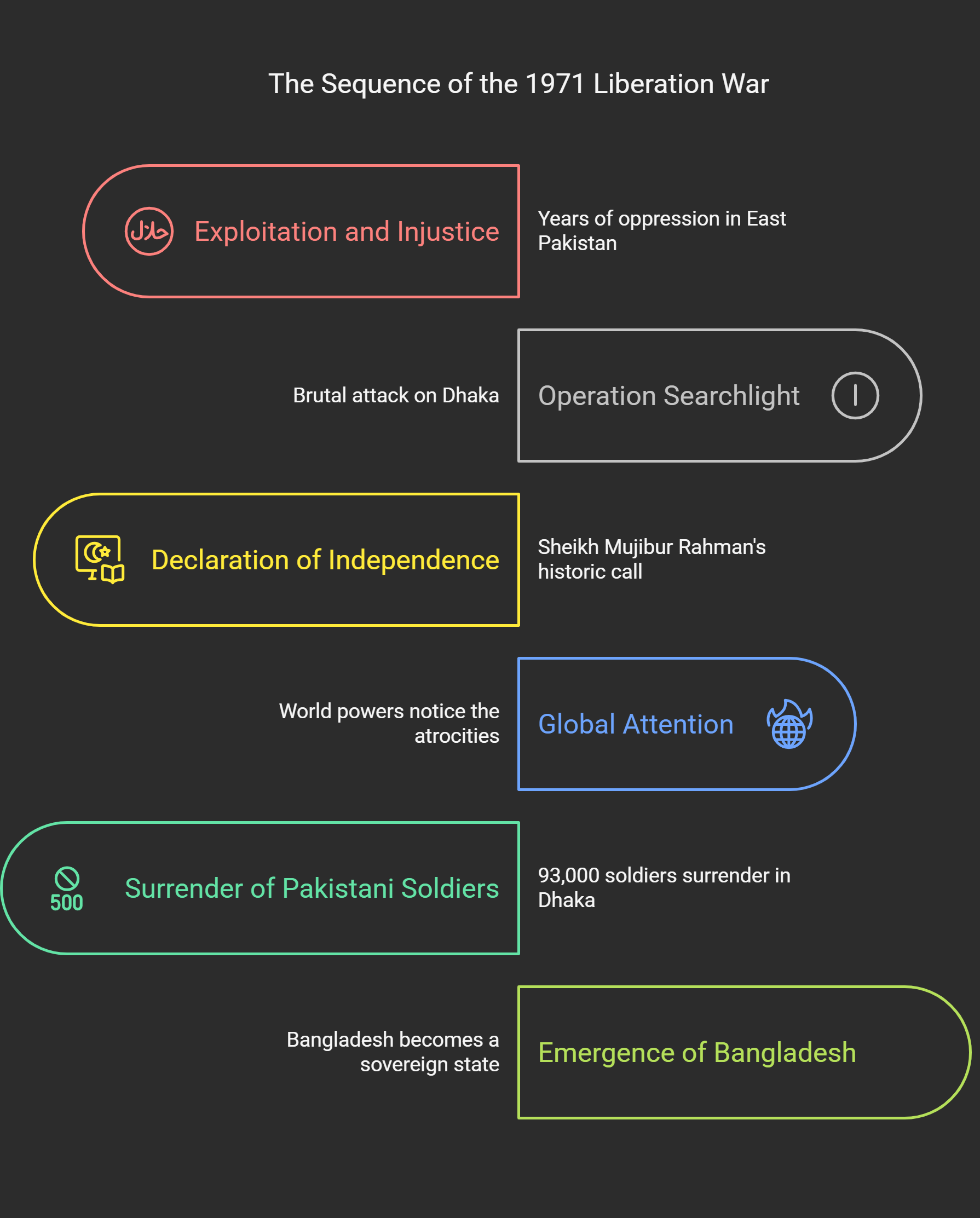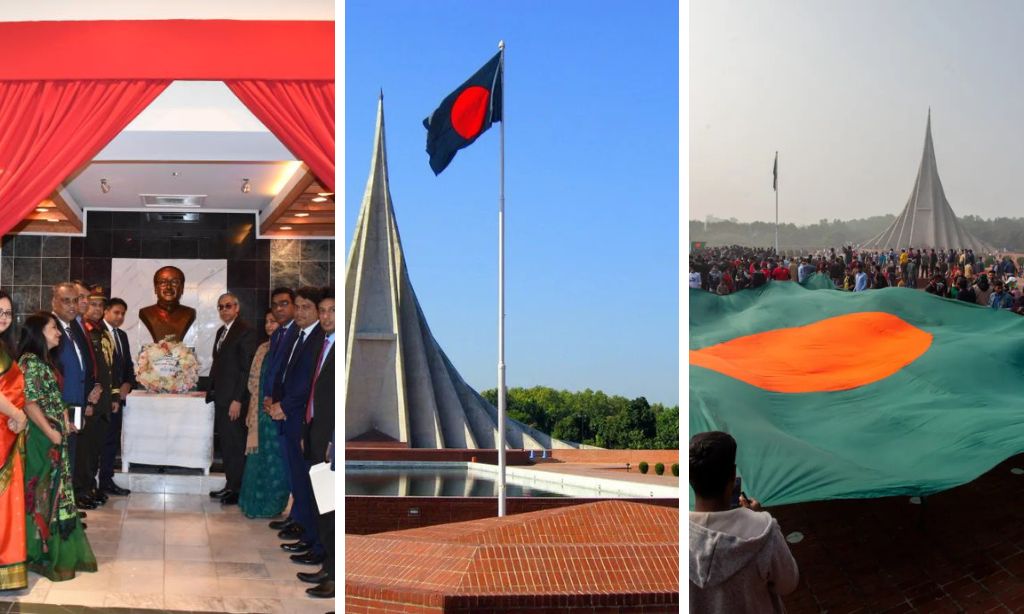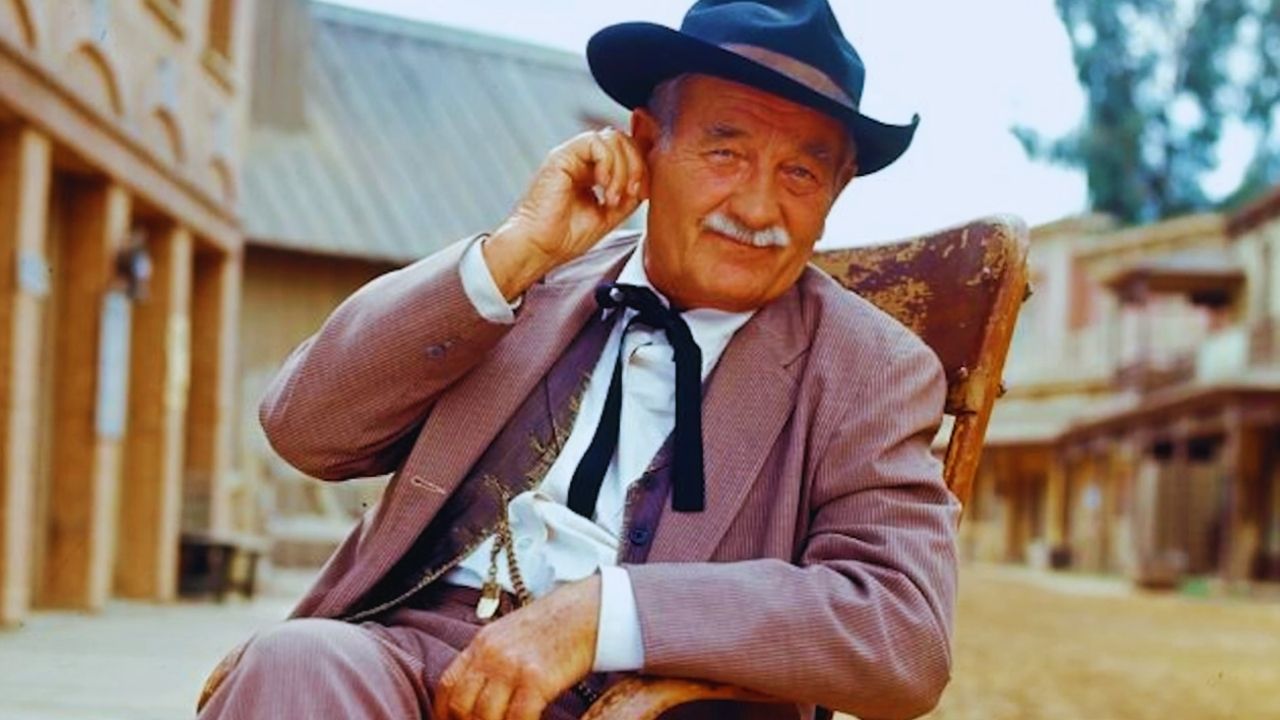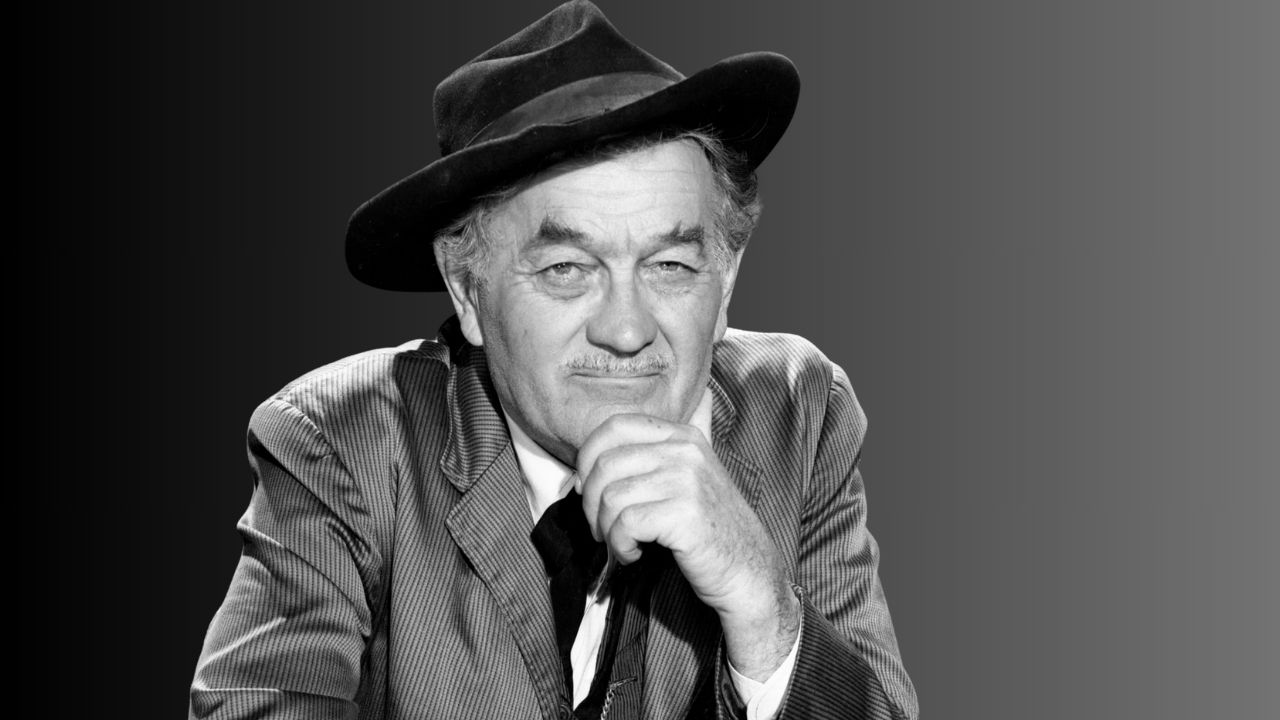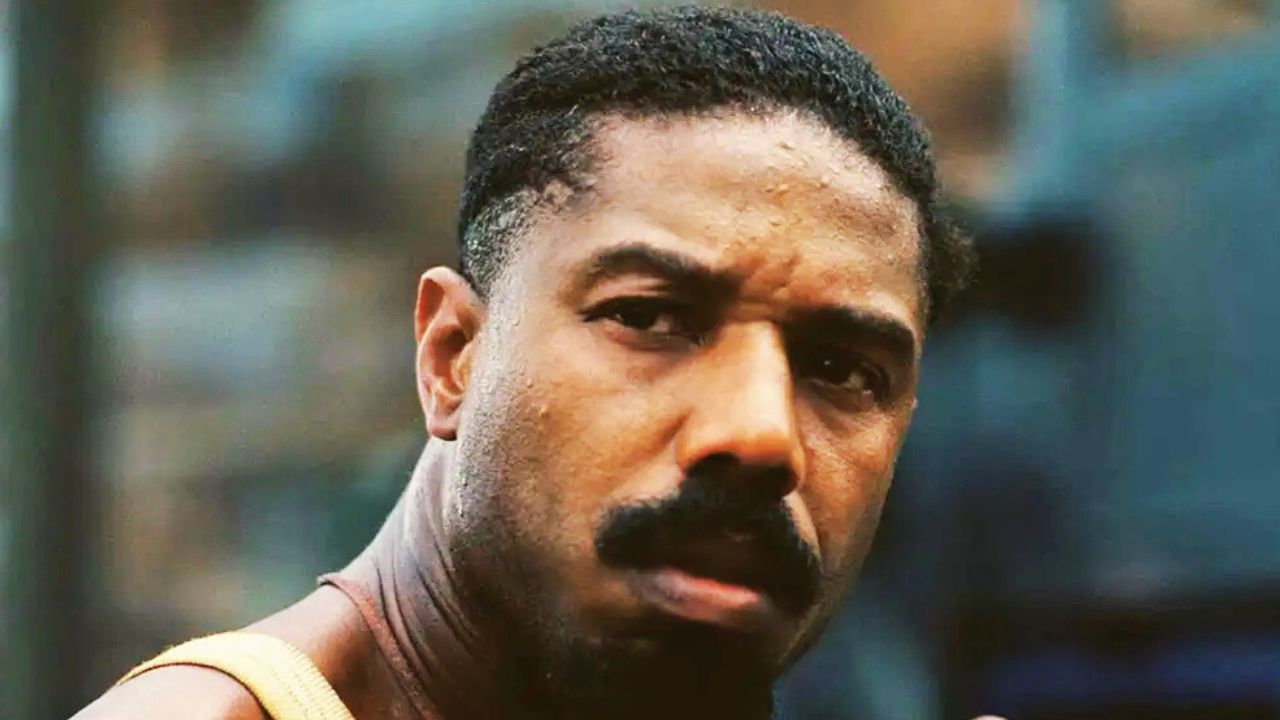Today is 26th March, 2025. Many people wonder why March 26 is so important to Bangladesh. This day marks the 55th Independence Day of Bangladesh, celebrating its freedom from Pakistan in 1971.
In this blog, you’ll learn about the history, sacrifices, and significance tied to this special date.
Keep reading—it’s a story of courage and hope you don’t want to miss!
Key Takeaways
- March 26, 1971, is when Sheikh Mujibur Rahman declared Bangladesh’s independence after Pakistan’s Operation Searchlight at midnight. Later that day, Ziaur Rahman broadcasted the declaration inspiring freedom fighters.
- The nine-month Liberation War claimed about 3 million lives and displaced nearly 10 million refugees to India. Over 200,000 women faced violence during this brutal fight for sovereignty.
- Key figures like Sheikh Mujibur Rahman (“Father of the Nation”), Indira Gandhi (India’s Prime Minister), and General Manekshaw played vital roles in achieving freedom on December 16 after Pakistani forces surrendered.
- National celebrations include flag hoisting, parades, cultural programs in schools, and tributes at war memorials to honor martyrs who fought against West Pakistan’s rule.
- Despite progress since independence with advancements in health care, education, and women’s rights, challenges like political unrest and rising extremism threaten Bangladesh’s founding values of justice and equality.
The Declaration of Independence
On March 26, 1971, Bangabandhu Sheikh Mujibur Rahman declared the independence of Bangladesh. This announcement came shortly after Operation Searchlight began—a brutal military crackdown by the Pakistani army on East Pakistan.
The declaration was sent through a special wireless frequency to reach foreign ships and evade enemy detection.
Later that day, Major Ziaur Rahman broadcasted the message in Bangabandhu’s name via Swadhin Bangla Betar Kendra. His words inspired millions fighting for freedom from West Pakistan’s oppression.
This marked Bangladesh’s first step toward becoming a sovereign nation.
The Liberation War of 1971 unfolded soon after this powerful proclamation…
The Liberation War of 1971
The Liberation War of 1971 erupted after years of exploitation and injustice against East Pakistan. Operation Searchlight, launched on March 25, brutally attacked Dhaka to suppress the Bengali independence movement.
Villages burned, homes vanished, and innocent lives perished overnight. The next day marked a turning point with the declaration of independence by Sheikh Mujibur Rahman through his historic call for freedom.
This nine-month war became a fight for survival as three million people died under unimaginable brutality. Over 200,000 women endured horrific violence during this genocide carried out by the Pakistani Army.
Millions fled across borders into India seeking safety from destruction. In response, Bengali armed forces organized themselves into units like the Z Force Brigade to resist oppression fiercely.
With global attention drawn toward atrocities in East Pakistan, world powers could no longer ignore it entirely. December 16 became an unforgettable moment in history—93,000 West Pakistani soldiers surrendered at Suhrawardy Udyan in Dhaka! Bangladesh finally emerged victorious as a sovereign state that held its red-green flag high with pride and resilience despite its heavy losses along every step forward.
Significance of March 26 in Bangladesh’s History
After the harsh crackdown of Operation Searchlight on March 25, 1971, hope emerged. On March 26, Bangladesh declared its independence from Pakistan. This marked the beginning of a courageous struggle for sovereignty against West Pakistan’s oppressive rule.
The red-green flag symbolized a new nation born from sacrifice. This date became a representation of freedom and resilience, as Sheikh Mujibur Rahman’s vision materialized. Each year, millions commemorate this day with pride and regard it as the birth of sovereign Bangladesh.
Key Figures of Bangladesh’s Independence
Many individuals played vital roles in Bangladesh’s fight for independence. Their sacrifices and leadership shaped the path to a free, sovereign nation.
- Sheikh Mujibur Rahman led the movement for autonomy. Known as the “Father of the Nation,” his historic speech on March 7, 1971, inspired millions. He was the head of the Awami League and became a symbol of Bengali nationalism.
- Yahya Khan, then leader of Pakistan, ordered Operation Searchlight. His actions triggered widespread violence in East Pakistan and fueled resistance among Bengali people.
- Ziaur Rahman declared Bangladesh’s independence on behalf of Sheikh Mujibur Rahman on March 27, 1971. This marked a turning point in the struggle for freedom.
- Tikka Khan, called the “Butcher of Bengal,” led brutal military actions against East Pakistanis during the war. His cruelty intensified global outrage and support for Bangladesh.
- Indira Gandhi, India’s Prime Minister during this time, extended strong support to Bangladesh’s liberation efforts. Her government provided shelter to refugees and military aid that helped win the war.
- Moulana Abdul Hamid Khan Bhashani was an early voice demanding justice for East Pakistanis. As a political leader with mass appeal, he influenced many to join the independence cause.
- General Manekshaw from India led allied forces during joint operations with Bangladeshi fighters in December 1971. These efforts forced Pakistani troops to surrender after months of war.
- Syed Nazrul Islam served as acting president of Bangladesh’s government-in-exile during its darkest days. He worked tirelessly to maintain morale and unity among freedom fighters.
- Sufia Kamal championed women’s rights and spoke against oppression throughout her life. During the war, she raised awareness about crimes committed against women by Pakistani forces.
- Bhutan recognized Bangladesh as an independent state first on December 6, 1971—a major milestone internationally validating its sovereignty efforts!
Casualties and Sacrifices During the War
The Bangladesh Liberation War of 1971 was marked by immense suffering. About 3 million people lost their lives in the fight for freedom. The Pakistani army, during “Operation Searchlight,” carried out brutal attacks on civilians in East Pakistan (now Bangladesh).
From March 25, 1971, cities like Dhaka and Chittagong endured relentless gunfire and bombings. Families were torn apart as homes were destroyed overnight. Women faced unspeakable horrors—around 200,000 became victims of sexual violence during the nine-month war.
Nearly 10 million people fled to India seeking safety from ruthless violence. Camps overflowed with refugees struggling for food and shelter. Farmers left fields; children stopped going to school; life came to a standstill under constant fear.
Despite facing massacres and betrayals, Bengalis stood together against West Pakistan’s oppressive rule. Their sacrifices fueled the dream of an independent sovereign Bangladesh—a moment forever etched into history that leads us to celebrate today’s Independence Day boldly!
National Celebrations for the 55th Independence Day of Bangladesh
Cities buzz with parades, schools hoist the red-green flag, and streets echo with Bangladesh’s national anthem—celebrations are alive everywhere!
Events and Programs Across the Country
Celebrations for Bangladesh’s 55th Independence Day are vibrant and meaningful. Various events honor history, sacrifices, and progress.
- A 31-gun salute launches the day early in the morning across the nation.
- Wreaths are laid at the National Memorial to honor martyrs of the liberation war.
- Freedom fighters, including families of Birsreshtha, join these ceremonies to pay respects.
- Foreign diplomats and political figures attend events to promote solidarity.
- The national flag is raised on all government and private buildings nationwide.
- Schools organize special programs highlighting the spirit of independence through plays, music, and speeches.
- Cultural organizations host performances featuring patriotic songs and dances telling stories of 1971.
- Public rallies parade through major cities with participants wearing red-green outfits symbolizing the flag.
- Educational institutions hold essay competitions on Bangladesh’s struggles for freedom and victory in 1971’s nine-month war against West Pakistan’s rule.
- Radio and television channels broadcast documentaries about Bangabandhu Sheikh Mujibur Rahman’s leadership during independence efforts.
- Markets display decorations spotlighting national colors while offering discounts for celebratory shopping sprees.
- Government offices are illuminated with colorful lights to mark this milestone day.
- People gather in public spaces to sing the national anthem together as a show of unity.
- War museums report record visitors paying homage to those killed or hurt by Operation Searchlight conducted by Pakistani forces.
- Open-air concerts include popular bands singing lyrics infused with hope for an independent future.
These events reflect pride in sovereignty achieved through sacrifice yet cherish unity among citizens today too!
Participation of Educational Institutions and Organizations
Educational institutions play a big role in celebrating Bangladesh Independence Day. Many schools, colleges, and organizations arrange events to honor this historic day.
- Student rallies are organized across the country, bringing excitement and unity.
- Parades showcase patriotism, with students waving the red-green flag proudly.
- Schools host cultural programs featuring songs, dances, and plays about the Liberation War of 1971.
- Educational institutions encourage essay-writing contests on topics like “Bangladesh’s Independence.”
- Speeches by teachers remind students of sacrifices made during the nine-month war against the Pakistani army.
- Colleges invite historians to talk about key figures like Bangabandhu Sheikh Mujibur Rahman and their role in achieving sovereignty for East Pakistan.
- Flags are raised with respect during morning assemblies in schoolyards nationwide.
- The Bangladesh Student Organization invites students to attend national events focusing on unity and freedom.
- Universities organize debates discussing socio-economic disparity and how far independence ideals have grown.
- Selected programs get broadcasted on Bangladesh Betar and private media outlets for public awareness.
These activities inspire young generations to value their history while promoting cultural pride through learning experiences!
Reflection on Progress Since Independence
Bangladesh has transformed remarkably in 55 years. Once seen as fragile and struggling, the nation now stands as a “development miracle.” The fight for independence planted seeds of democracy, secularism, social justice, and economic growth.
Over time, these principles shaped the country’s path forward.
Sheikh Mujibur Rahman’s vision laid the foundation for change. Despite losing three million lives and enduring immense suffering during the liberation war, Bangladesh became resilient.
Today it boasts impressive achievements in agriculture, education, health care, and women’s empowerment. Strong steps toward equity and transparency show how far this sovereign land has come since breaking free from East Pakistan’s grip.
Takeaways
Bangladesh’s 55th Independence Day is a powerful reminder of freedom, courage, and sacrifice. March 26 stands as a symbol of hope for millions who fought for their land and rights.
While challenges remain, the spirit of independence thrives in every corner of Bangladesh. Celebrating this day honors the martyrs, inspires progress, and unites generations under one red-green flag.
FAQs on 55th Independence Day of Bangladesh
1. What is the history behind Bangladesh’s Independence Day?
Bangladesh’s Independence Day marks its liberation from Pakistan in 1971. After years of socio-economic disparity and cultural differences, the people of East Pakistan, led by Bangabandhu Sheikh Mujibur Rahman and the Awami League, fought for autonomy and freedom during a nine-month war.
2. Why did the Liberation War happen?
The Liberation War began due to discriminatory treatment by West Pakistan toward East Pakistan. Economic disparities, unequal political power, and cultural suppression fueled anger among Bengali Muslims. The situation worsened after Operation Searchlight was launched by the Pakistani army.
3. Who declared Bangladesh’s independence?
Sheikh Mujibur Rahman indirectly initiated it through his leadership in March 1971. However, President Ziaur Rahman formally announced Bangladesh’s declaration of independence on behalf of Sheikh Mujib from Chittagong.
4. How many lives were lost during the war?
The war claimed three million lives, with over two hundred thousand women violated by the Pakistani army during what became known as one of history’s darkest genocides.
5. What role did symbols like the national flag play in this movement?
The red-green flag became a powerful emblem for sovereign Bangladesh during its fight for freedom. It symbolized hope, sacrifice, and unity amidst oppression under West Pakistan.
6. Why is Sheikh Mujibur Rahman called “Bangabandhu”?
Sheikh Mujibur Rahman earned this title—meaning “Friend of Bengal”—due to his unwavering dedication to Bengali rights and leading efforts like the Six-Point Program that ultimately paved the way for an independent Bangladesh.


